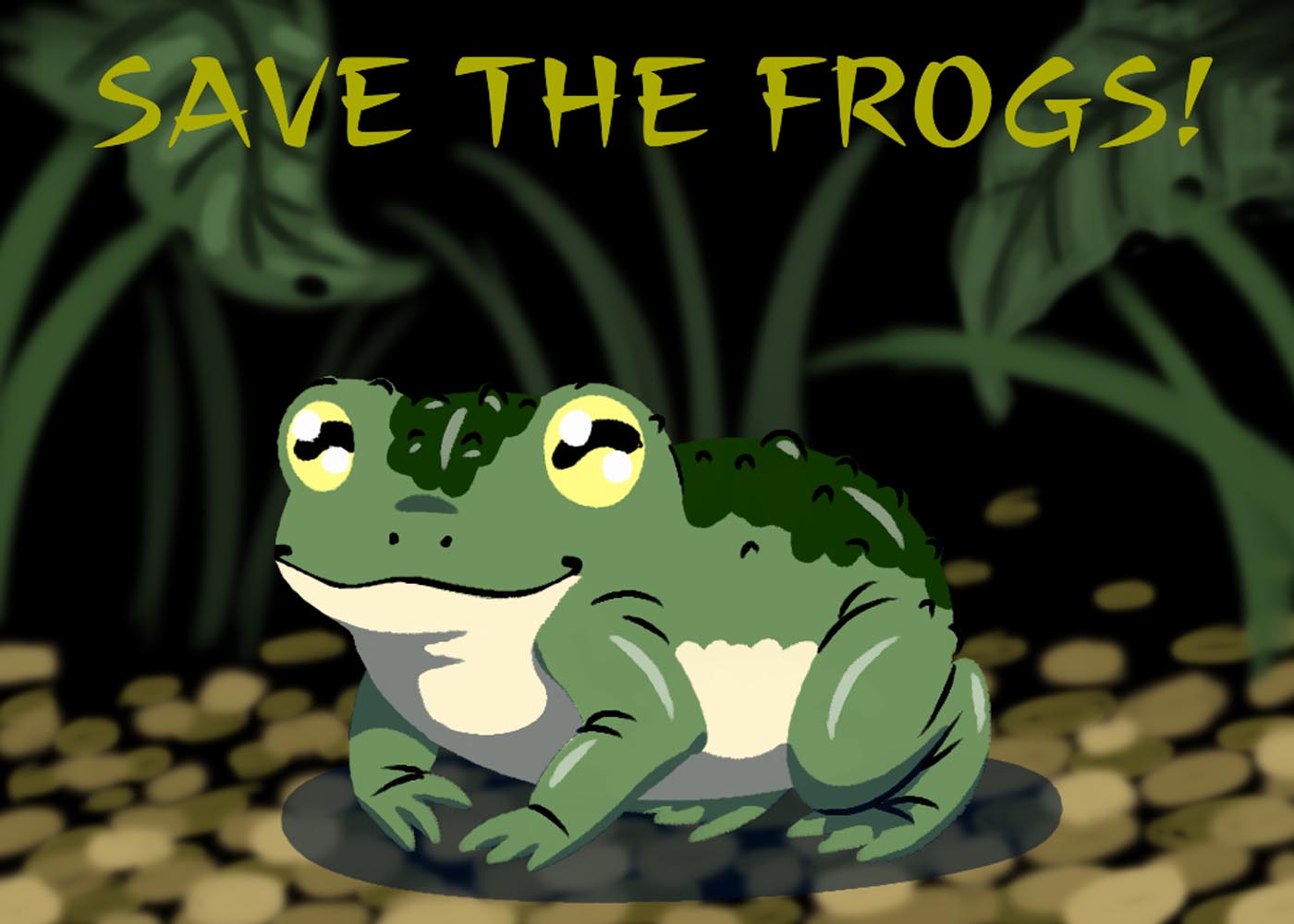California's Decades Old Bullfrog Importation Problem
SAVE THE FROGS! Founder Dr. Kerry Kriger addressed the California Fish & Game Commission’s Wildlife Resource Committee on January 13th, 2022, to discuss the state’s bullfrog importation program. Each year, the California Department of Fish & Wildlife issues permits for the importation of over two million American Bullfrogs (Rana catesbeiana; Lithobates catesbeianus).
The bullfrogs are widely regarded as one of the world’s worst invasive species. The state has acknowledged the harms caused by bullfrogs but has failed to take action to remedy the issue. Dr. Kriger and SAVE THE FROGS! have been campaigning to end the importations since 2010.
Watch The Video Of Dr. Kriger's Speech Here!
Be sure to follow SAVE THE FROGS! on YouTube for more educational videos!
Here Is The Full Transcript Of Dr. Kriger's Amphibious Speech To The California FGC
“Hi, I’m SAVE THE FROGS! Founder Dr. Kerry Kriger.
Thanks, Ari, for summarizing everything that’s taken place.
I first spoke in front of the Fish and Game Commission (FGC) at the May 2010 meeting on the topic of bullfrogs and not a lot has gotten done since then.
The two major things are that in 2015 the FGC — the DFW staff released its publication on the threats caused by bullfrogs. I can’t remember the exact name of the document, but it was very well written and it’s amazing to me that it’s seven years later and there has not been any action taken other than that long-term permits are no longer offered. There are still short-term permits and all that really changed is that you have to apply for the permit more often. But I doubt that’s had any effect on the number of bull frogs coming into the state, which is estimated in that report at two million plus bullfrogs per year. So, I’m glad the stakeholder meeting meetings took place and that we did get some good discussions in.
But my main concern when I was asked to join them in 2018 when the FGC requested that the stakeholder process Go forward was that it would take a lot of time and we already had so much information about the problem and I’m sure that people can think of ways to solve it if someone actually acts on that.
So here it is – 2022 – and my main reason for speaking right now is just so that everybody is fully aware that this process is nearly four years in. Based on that can we please speed it up? If that means that every time, there’s a meeting it’s on the agenda then the people who organize the meetings should organize a meeting every month to get it done then I like that. What I don’t like, is years passing by just to get this input, which we heard from Ari is not even in its final state.
The other thing – I’ll be fast to finish this off – Ari mentioned that there are resources needed by the department to do what needs to get done to fix the bullfrog problem and for me a simple thing that the department does have control over — it would be hard for them to say that they cannot do it because I’ve seen it done before for other species — is they can raise the price of the permits.
Currently, the bullfrog importations are subsidized by the California taxpayers. The reason I say that is because we know how much it costs to apply for a permit and we know how many permits get issued and we can determine how much money therefore is coming in to pay for all of this that needs to get done, such as the permit officer reviewing those permits. The Fish and Game wardens enforce the bullfrog rules at the point of sale; the holding of stakeholder meetings.
And then the stuff that’s harder to calculate, such as the ecological damage. There’s only a very small amount of money coming in from the permits so you all could easily raise the permit price and that’s going to reduce the number of bullfrogs and there’s nothing wrong with that, because let’s also be clear: American Bullfrogs are not a native species in California. It’s an invasive species recognized as one of the 100 worst invasive species in the world. That’s all I have to say for now.
I’m open to talk if anyone ever wants to contact me. www.billing.savethefrogs.com is the website I created. It’s got about a thousand pages of amphibious info. Go to the contact page and let’s continue this discussion.
Thanks a lot.”

Russian frog art by Vlada Zonova from the 2021 SAVE THE FROGS! Art Contest
Comments From A Supporter
“I had become increasingly aware that amphibians are at risk in our world. When I wanted to find out how to take care of my garden, lawn, wetland area, and forest grove, I wrote to SAVE THE FROGS! for information. Within a few hours, Dr. Kerry Kriger had sent me information and links that were of great utility and interest. As a result, I returned five unopened bags of a lawn-care weed ‘n feed product to the local store and spoke with the store manager about the harmful effects of that product on frogs. Although I’m pulling my dandelions by hand, my husband and I love the evening symphony of croaking frogs all around us. I’ve continued to receive frequent updates from this organization. Dr. Kriger and his staff work diligently, helping his readers become more equipped to help save the frogs of the world.”


